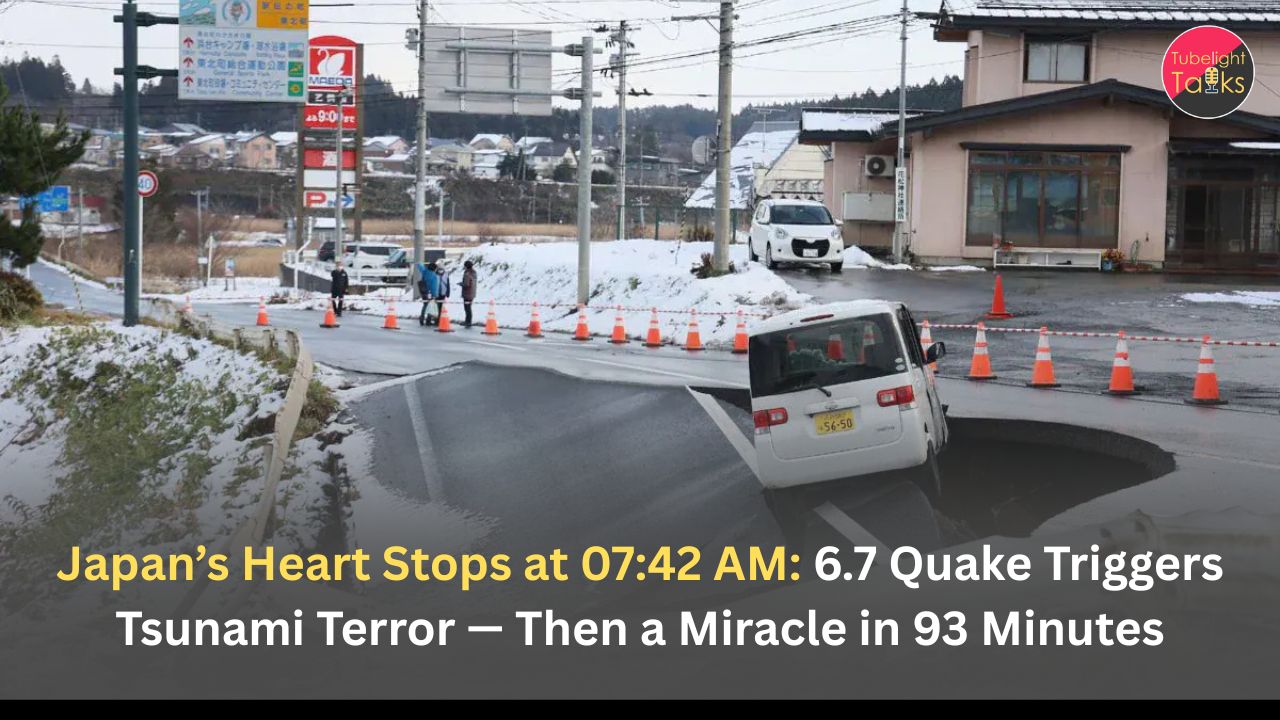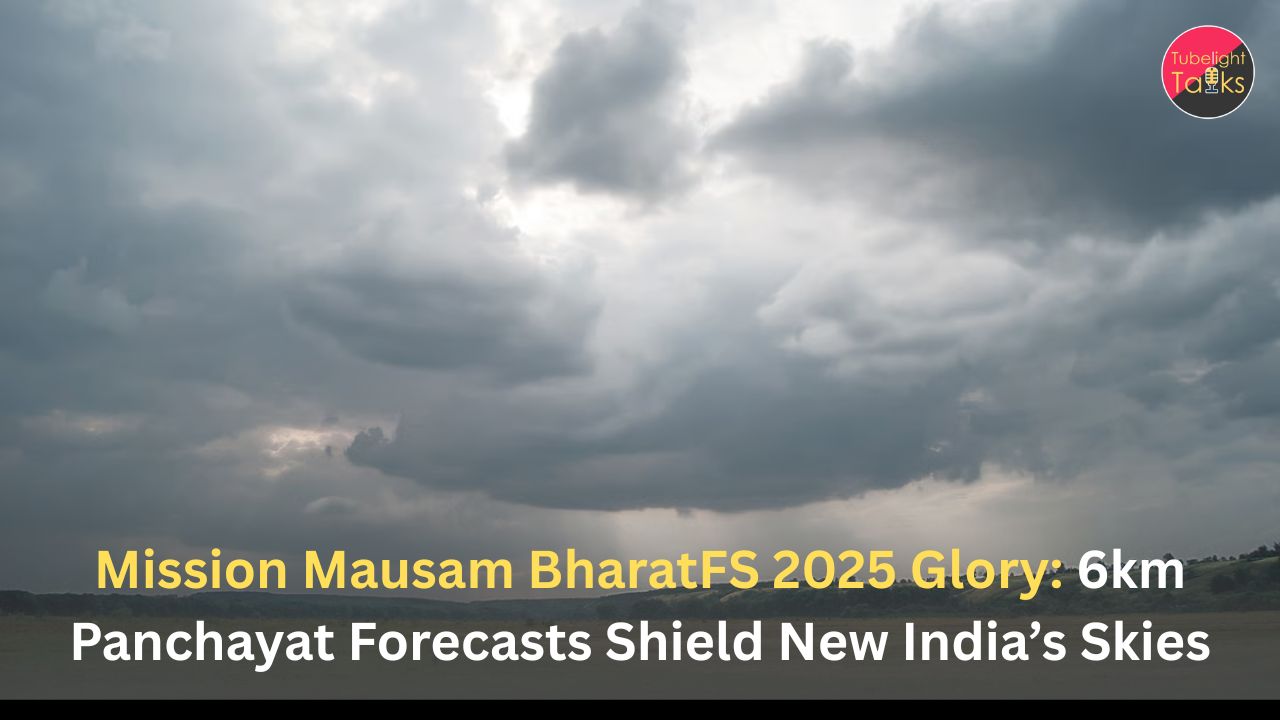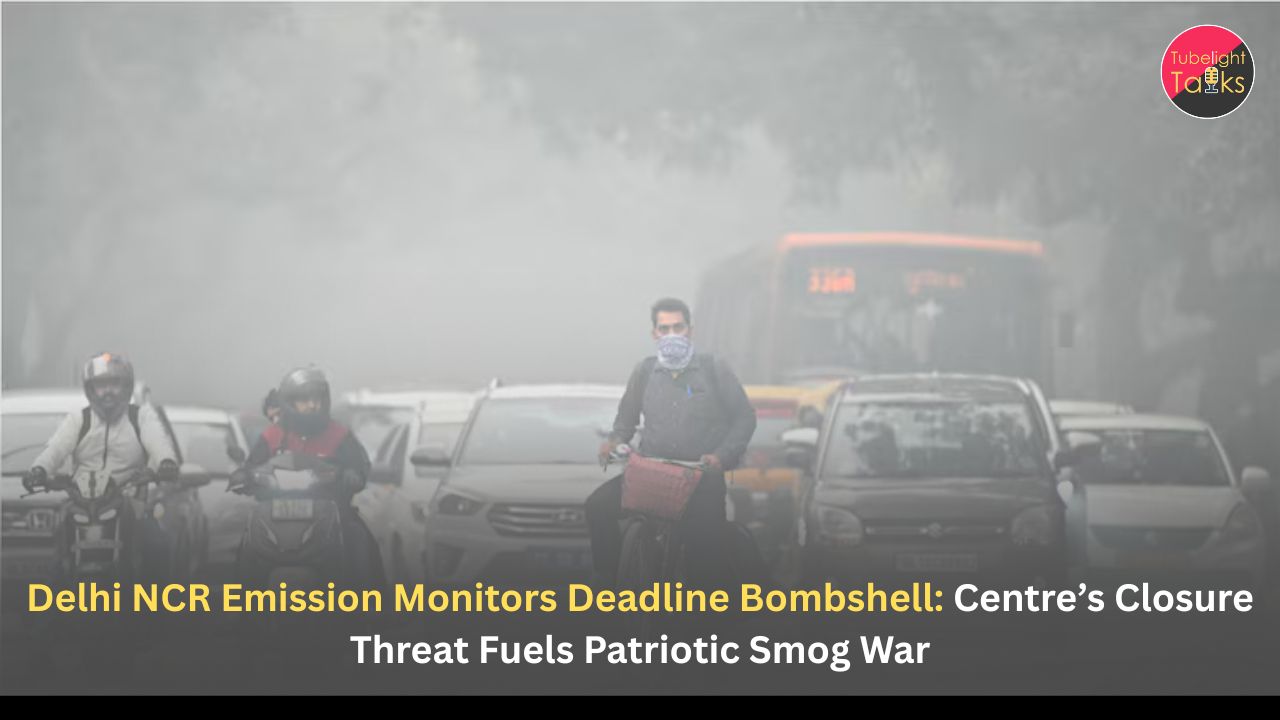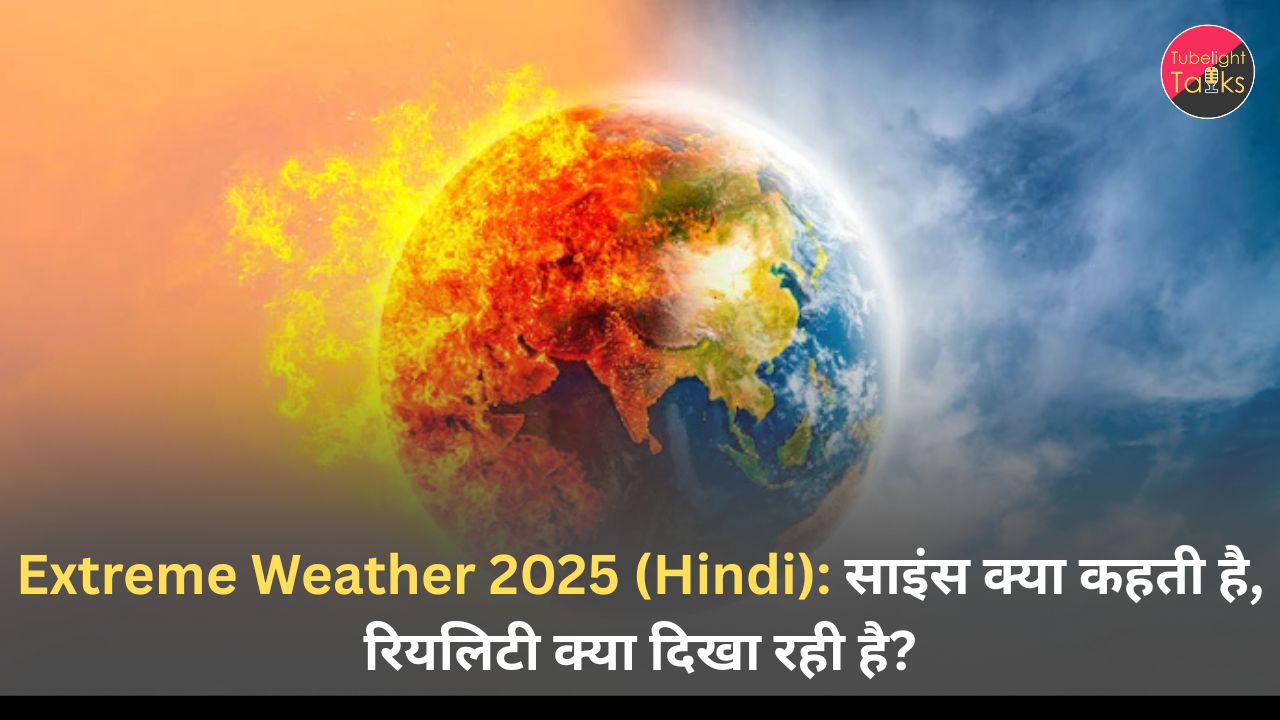The India Meteorological Department (IMD) has sounded a severe heatwave alert for several regions across Northwest and Central India. The department has forecasted that temperatures will cross 45°C in many locations and may even touch 47–48°C in isolated pockets. This heatwave is expected to last for the next 4 to 5 days, causing significant discomfort and posing serious health risks to the population.
Regions Affected
The ongoing heatwave is already affecting daily life in several states, with scorching temperatures being reported across:
- Rajasthan – Especially areas like Barmer, Jaisalmer, and Phalodi, known for extreme heat.
- Punjab – Including cities like Amritsar and Patiala.
- Haryana – With places like Hisar and Rohtak already witnessing temperatures close to 45°C.
- Delhi – The national capital is reeling under dry, hot conditions, with Lutyens’ Delhi and outer regions recording alarming highs.
- Uttar Pradesh – Particularly western UP districts such as Agra and Meerut.
- Madhya Pradesh – Northern and central parts like Gwalior, Khajuraho, and Bhopal are under high alert.
Regional Breakdown
- Hottest Spot Yesterday: Phalodi, Rajasthan – 46.5°C
- Expected Peak: 48°C in isolated pockets by Day 3
- Urban Heat Islands: Metro cities are witnessing higher nighttime temperatures due to concrete and traffic heat retention.
Health Risks to Watch Out For
Prolonged exposure to high temperatures can lead to several heat-related illnesses, some of which can be life-threatening if not treated in time.
Common Health Risks Include:
- Dehydration: Loss of essential fluids and salts from the body due to excessive sweating.
- Heat Exhaustion: Characterized by heavy sweating, weakness, dizziness, nausea, and rapid pulse.
- Heatstroke: A serious condition where body temperature rises above 40°C, potentially causing brain damage or death. Requires immediate medical attention.
- Muscle Cramps and Fainting: Common among those engaging in physical activity in the sun.
- Heat Rash: Skin irritation from excessive sweating, common in children and people with sensitive skin.
Heat Illness Signs to Watch For
| Symptom | What It May Indicate |
| Dry skin, no sweat, confusion | Heatstroke |
| Nausea, fatigue, headache | Heat exhaustion |
| Muscle spasms, twitching | Heat cramps |
| Red clusters or blisters | Heat rash |
Vulnerable Groups Include:
Some people are at higher risk of developing complications during a heatwave, especially if they lack access to cooling or medical support.
- Children and the Elderly: Their bodies cannot regulate temperature as effectively.
- Outdoor Workers: Farmers, construction laborers, traffic police, etc., face constant sun exposure.
- People with Chronic Illnesses: Especially heart disease, diabetes, kidney disorders, and respiratory conditions.
- Low-Income Families: Often live in poorly ventilated spaces or areas with limited access to cooling facilities.
Why Vulnerable Groups Suffer More
- Children: More water loss per kg of body weight
- Elderly: Slower sweating mechanism and possible existing medications that interfere with thermoregulation
- Chronic Illness: Heat can worsen symptoms or cause medicine-related complications
Safety Tips to Stay Protected
Prevention is the best defense against heatwave-related illnesses. Here are practical and easy-to-follow precautions to stay safe:
- Avoid going out between 12–4 PM: This is when UV radiation and ambient temperatures peak.
- Drink plenty of fluids: At least 3–4 liters daily. Avoid alcohol, caffeine, and sugary sodas as they dehydrate.
- Eat hydrating foods: Include cucumber, watermelon, curd, and citrus fruits in your meals.
- Dress smartly: Wear loose-fitting, light-colored, cotton clothes. Avoid synthetic fabrics.
- Use protective accessories: Carry umbrellas, wide-brimmed hats, sunglasses, and apply sunscreen with SPF 30+.
- Cool yourself often: Take cold showers, use damp cloths or fans, and stay in shaded or ventilated areas.
- Never leave children or pets in parked vehicles: Car interiors can heat up to lethal levels in just 10 minutes.
Home Remedies to Beat the Heat
- Buttermilk & Lemon Water: Replenish salts and support light digestion
- Mint Chutney & Curd Rice: Cooling and gut-friendly
- Basil (Tulsi) Water: Acts as a natural coolant and immune booster
Government Preparedness
With IMD’s alert, state and district administrations are gearing up to provide relief and prevent casualties. Some key measures include:
- Cooling Centers: Government and municipal bodies may open community halls, schools, or Anganwadi centers as temporary cooling shelters.
- Water Distribution: Tankers and free water booths are expected to be deployed in public places.
- Emergency Helplines: Specific hotlines will be activated for heatstroke cases and emergency transport.
- Advisories via Media: FM radio, social media, and SMS alerts are being used to inform people about safety tips and emergency contact numbers.
What Can Local Bodies Do?
- Spray water on roads to reduce surface heat
- Modify work hours for outdoor staff (e.g., 6–10 AM, 5–8 PM)
- Promote tree plantation and rooftop gardens for long-term relief
Stay Tuned to IMD Updates
Make it a daily habit to check IMD’s official website or trusted weather apps for updates in your area. Local variations in humidity, wind, and cloud cover can significantly impact the actual experience of heat.
FAQs
1. What’s a heatwave?
A heatwave is defined as a period of abnormally high temperatures, typically 4–7°C above normal, sustained for two or more days. These are especially dangerous when coupled with dry winds and low humidity.
2. What makes it a ‘severe’ heatwave?
When temperatures exceed 6–7°C above the seasonal normal or go beyond 47°C, it is officially categorized by IMD as a ‘severe heatwave’.
3. What food helps during a heatwave?
Go for hydrating fruits like watermelon, papaya, and oranges. Eat cooling vegetables such as cucumber, tomatoes, and bottle gourd. Opt for light, low-fat meals that are easy to digest. Avoid spicy, oily foods.
4. Who is most at risk?
Those most vulnerable include young children, elderly people, those with underlying health issues, outdoor workers, and people with limited access to fans or air conditioning.
5. How long will it last?
The current heatwave is expected to persist for 4–5 more days, after which cloud cover or isolated showers may bring some relief, especially in Central India and the northern plains.
Final Words: Stay Informed, Stay Hydrated, Stay Safe
As temperatures soar, it’s essential to act responsibly, not just for yourself but for those around you. Check in on neighbors, especially the elderly or sick, and share water or shelter with those who may not have access. If you see someone fainting or confused in the heat, offer immediate help and call medical services.
The heat is real—but with awareness, preparation, and compassion, we can mitigate its harshest impacts.










